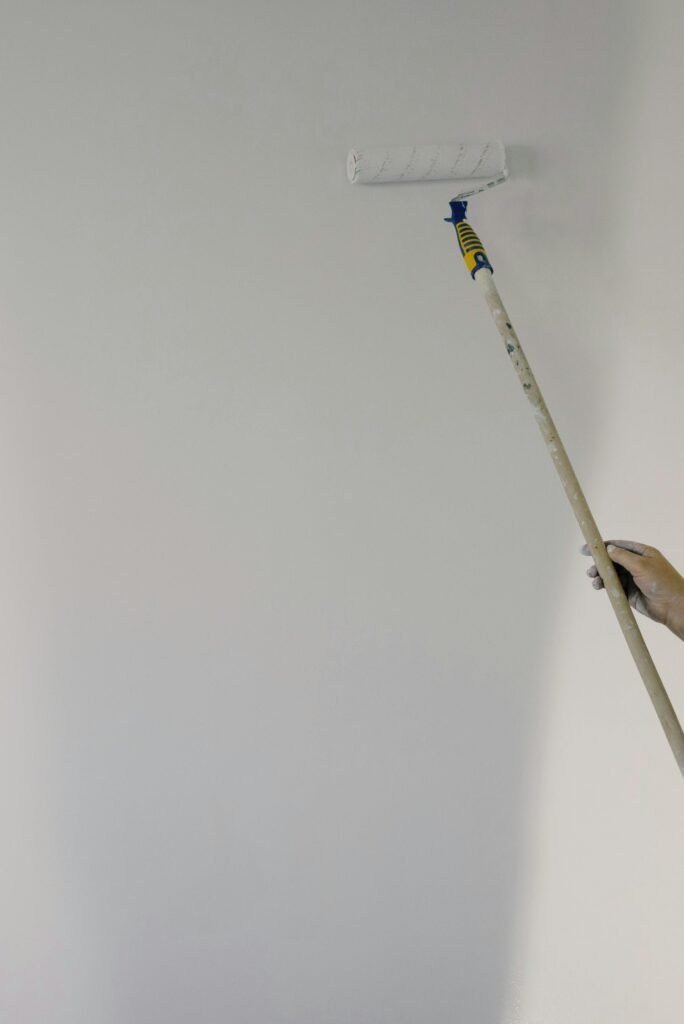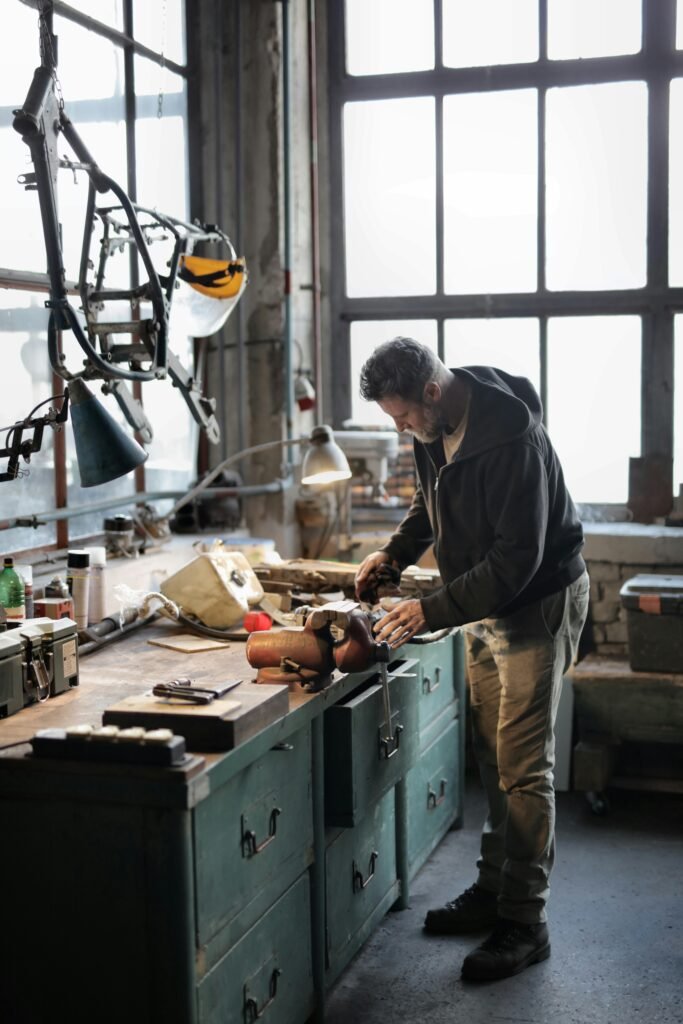Essential Tips for Adjusting Brakes and Gears on Bikes
Are you struggling with getting your bike’s brakes and gears to work smoothly? Don’t worry, because we’ve got you covered with some essential tips to help you adjust them like a pro. From fixing squeaky brakes to ensuring seamless gear changes, we’ll walk you through everything you need to know to keep your bike in top shape.

This image is property of images.pexels.com.
Understanding the Basics of Brakes and Gears
Before diving into adjusting your bike’s brakes and gears, it’s important to understand how they work. Brakes are essential for slowing down and stopping your bike, while gears help you pedal efficiently by changing the resistance. By mastering the basics, you’ll be better equipped to diagnose and fix any issues that may arise.
Brake Systems: Types and Components
There are two main types of brake systems commonly found on bikes: rim brakes and disc brakes. Rim brakes use pads that grip the wheel rims to slow down the bike, while disc brakes utilize a rotor and caliper system for better stopping power. Each system has its own set of components, including brake levers, cables, pads, and calipers. Familiarize yourself with these parts to better understand how they work together to stop your bike effectively.
Gear Systems: Shifting Mechanisms and Components
Gears on bikes are controlled by shifting mechanisms that adjust the tension on the chain to change gears. There are two main types of gear systems: derailleur gears and hub gears. Derailleur gears are commonly found on most bikes and use a chain that moves between different sized cogs on the cassette. Hub gears, on the other hand, are internal gear systems located inside the rear wheel hub. Understanding how these gear systems work will help you troubleshoot any issues related to gear shifting.
Signs Your Brakes and Gears Need Adjustment
Now that you have a better understanding of how brakes and gears work, it’s important to know the signs that indicate they need adjustment. Here are some common warning signs to look out for:
Brakes
- Squeaky or squealing noises when braking
- Brakes feel spongy or loose
- Brake pads are worn down or rubbing against the wheel rim
- Uneven braking or one brake working better than the other
Gears
- Difficulty shifting gears smoothly
- Chain slipping or skipping when pedaling
- Gears not engaging properly or shifting unexpectedly
- Excessive chain noise or grinding sounds
If you notice any of these signs while riding your bike, it’s time to make some adjustments to your brakes and gears to ensure a safe and smooth ride.
DIY Tips for Adjusting Brakes
Adjusting your bike’s brakes may seem like a daunting task, but with the right know-how, you can easily fine-tune them for optimal performance. Here are some DIY tips to help you adjust your brakes like a pro:
Checking Brake Pads
Start by inspecting your brake pads for wear and tear. If they are worn down or unevenly worn, it’s time to replace them. Make sure the brake pads are properly aligned with the wheel rims and not rubbing against the tire or spokes.
Adjusting Brake Tension
To adjust the tension on your brake cables, use the barrel adjuster located on the brake levers or calipers. Turn the barrel adjuster clockwise to tighten the brakes and counterclockwise to loosen them. Make small adjustments until you achieve the desired brake response.
Aligning Brake Calipers
If your brakes are rubbing against the wheel rims, you may need to realign the brake calipers. Loosen the mounting bolts on the calipers, center them over the wheel rims, and tighten the bolts back up. Check for even clearance on both sides of the wheel to ensure proper alignment.
Centering Brake Pads
To center your brake pads, squeeze the brake lever to position the pads evenly on the wheel rims. If one pad is closer to the rim than the other, adjust the pad alignment by loosening the mounting bolt and repositioning the pad. Tighten the bolt back up and test the brakes for even contact.
DIY Tips for Adjusting Gears
Properly adjusting your bike’s gears is crucial for smooth shifting and efficient pedaling. Follow these DIY tips to adjust your gears and get the most out of your riding experience:
Indexing Derailleur Gears
Start by checking the indexing of your derailleur gears, which refers to the alignment of the chain with the cogs on the cassette. Use the barrel adjuster on the derailleur or shifters to fine-tune the indexing. Make small adjustments until the chain shifts smoothly through all gears without skipping.
Limiting Screws Adjustment
To prevent chain skipping or falling off the cogs, adjust the limit screws on the derailleur. The high limit screw controls how far the derailleur can shift towards the smallest cog, while the low limit screw limits its movement towards the largest cog. Use a screwdriver to make small adjustments to the screws until the chain stays in place on all gears.
Chain Tension Adjustment
If your chain is skipping or slipping under load, adjust the chain tension by turning the barrel adjuster on the derailleur. Increase tension by turning the adjuster counterclockwise to shift to a smaller cog and decrease tension by turning it clockwise to shift to a larger cog. Fine-tune the tension until the chain stays engaged on all gears.
Cable Tension Adjustment
Check the tension on your gear cables and adjust as needed to ensure smooth shifting. Loosen the cable clamp bolt on the derailleur, pull the cable taut, and retighten the bolt. Shift through all gears to confirm that the cables are properly tensioned for precise shifting.

This image is property of images.pexels.com.
Troubleshooting Common Brake and Gear Issues
Even with proper adjustments, your bike’s brakes and gears may still encounter some common issues that need troubleshooting. Here are a few tips to help you address these problems effectively:
Brakes
- Squeaky Brakes: Clean the brake pads and rims with rubbing alcohol or sandpaper to remove any debris or glazing causing noise.
- Soft Brakes: Bleed the brake lines to remove air bubbles or replace worn brake pads for improved stopping power.
- Brake Rubbing: Realign the calipers, reposition the brake pads, and adjust the tension for even braking on both wheels.
Gears
- Chain Skipping: Check for worn chain or cogs, replace as needed, and ensure proper lubrication for smooth gear engagement.
- Sluggish Shifting: Clean and lubricate the chain, cassette, and derailleur, and check cable tension for crisp gear changes.
- Gear Slippage: Tighten loose cassette lockring, replace worn chain, or adjust cable tension for secure gear engagement.
By following these troubleshooting tips, you can quickly address any brake or gear issues that may arise during your rides and keep your bike running smoothly.
Regular Maintenance for Brakes and Gears
To ensure optimal performance and longevity of your bike’s brakes and gears, regular maintenance is key. Here are some essential maintenance tips to keep your brakes and gears in top condition:
Cleaning and Lubrication
Regularly clean and lubricate your brake and gear components to prevent dirt buildup, rust, and corrosion. Use a mild detergent or solvent to clean brake pads, rims, and calipers, and apply a high-quality lubricant to chains, cogs, and derailleurs for smooth operation.
Inspection and Adjustment
Perform regular inspections of your brake pads, cables, and gears for signs of wear or damage. Adjust brake and gear components as needed to maintain proper alignment, tension, and function. Replace worn parts promptly to prevent further damage to your bike.
Safety Checks
Before each ride, perform safety checks on your brakes and gears to ensure they are functioning correctly. Test the brakes for responsiveness and stopping power, and shift through all gears to confirm smooth shifting. Make any necessary adjustments before hitting the road to avoid potential accidents.
Professional Tune-Ups
If you’re not comfortable performing adjustments or maintenance on your brakes and gears, consider taking your bike to a professional for a tune-up. A qualified bike mechanic can inspect, clean, and adjust your brakes and gears for optimal performance and safety. Schedule regular tune-ups to keep your bike in peak condition.

This image is property of images.pexels.com.
Conclusion
Adjusting brakes and gears on bikes may seem like a challenging task, but with the right knowledge and tools, you can tackle these adjustments with confidence. By understanding the basics of brakes and gears, recognizing signs that indicate adjustment is needed, and following DIY tips for fine-tuning your components, you can keep your bike running smoothly and safely on every ride. Remember to perform regular maintenance, troubleshoot common issues, and seek professional help when needed to ensure your brakes and gears are in top condition for the ultimate biking experience. Happy riding!



